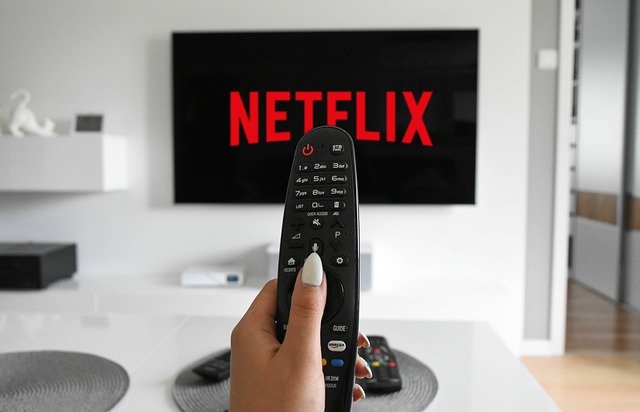Ways the TV & Film industry are going green
In our last blog, ‘Green Computing’, we discussed the fact that climate change has been at the front of most people’s minds and we shared ideas on how we can use our tech more responsibly in our daily lives.
However, it’s also important that businesses look to reduce their impact too. According to an article written by The Guardian, around 1.4 billion households worldwide own a TV and in an article written by the BBC, we are told that adults in the UK spend one third of their waking hours watching TV and online video content!
If you’d like to know how much time you’ve spent on Netflix & your viewing history, Netflix has an article on how to do so. It could make for raised eyebrows in some households.

What’s the problem?
There’s no doubt that the TV & Film industry is massive. From lighting sets, creating props, travelling, broadcasting, technology for filming, editing and all the steps in between that bring you the shows you know and love, the sector uses up a lot of energy and produces a lot of CO2 and waste.
According to the BFI, on average a tentpole film generates 2,840 tonnes of CO2e during production, and according to the most recent Albert report the average TV production produces 4.4tCO2e per hour. It’s clear that something needs to change.
What can be done?
Many companies have already started to work towards a more sustainable production process with companies such as the BBC and Pinewood and many more making sustainability pledges and policies. To help meet these pledges many companies have started using Albert. The Albert Carbon Calculator, first developed by the BBC, is a tool companies can use to predict the carbon footprint of a production before they begin, giving them the opportunity to find areas they can improve. Here are a few ideas:
Sustainable Energy:
It’s time to move away from harmful energy sources such as fossil fuels, gasoline and diesel run equipment and start using more sustainable sources. Switching and using things like hydrogen powered generators, LED lights and solar panels is a great example of sustainable energy.
Reducing travel:
One simple way a production company could reduce their carbon footprint is to reduce the amount of travel incurred. Travel is a huge part of a production, from flying crew overseas, transporting props and driving people around sets; there’s a lot going on.
They can do this through supporting home-based work, using public transport and having conference calls etc over video call. All studios could implement these fairly easily. Pinewood now provides a shuttle bus service as an option for all their staff and visitors.
Another way to reduce travel would be to support more cloud based systems. When filming a movie or a TV show, there’s going to be a LOT of files that need transferring. Traditionally this has been done through transporting large storage drives, but thanks to new technology, we can use cloud systems to transfer and store files instead.
It is also important for production companies to not only look at their own process but also the process of their supply chain. Do their suppliers use electric or hybrid cars for example?

Reducing waste:
Even little things like the crew bringing their own reusable water bottles and coffee mugs and turning off lights and all equipment when not in use can add up and make a big difference.
Companies like Earth Angle and Eco Set are production partners in the United States and work with production companies towards an eco-friendly set by doing things like donating leftover food and recycling old props rather than sending them to landfill.
Take One going green
As mentioned in our previous blog, we recently organised a local group collection for old IT equipment to be recycled. In addition to this, whenever we have to travel to a location for filming, we keep the number of cars used to a minimum by car sharing. By doing this, most of the time we end up only take one vehicle.
In addition to this all of our flat panel lights and all the studio lights are LED, not only are they energy efficient but they are cool to touch which makes them safer too.
Productions, broadcasters and suppliers need to work together, we need to shift people’s mindset and embrace a sustainable culture. Change is definitely happening and with new technologies becoming available, it’s becoming easier for large companies to work towards sustainability. Let’s help to keep the conversation going and encourage change.








